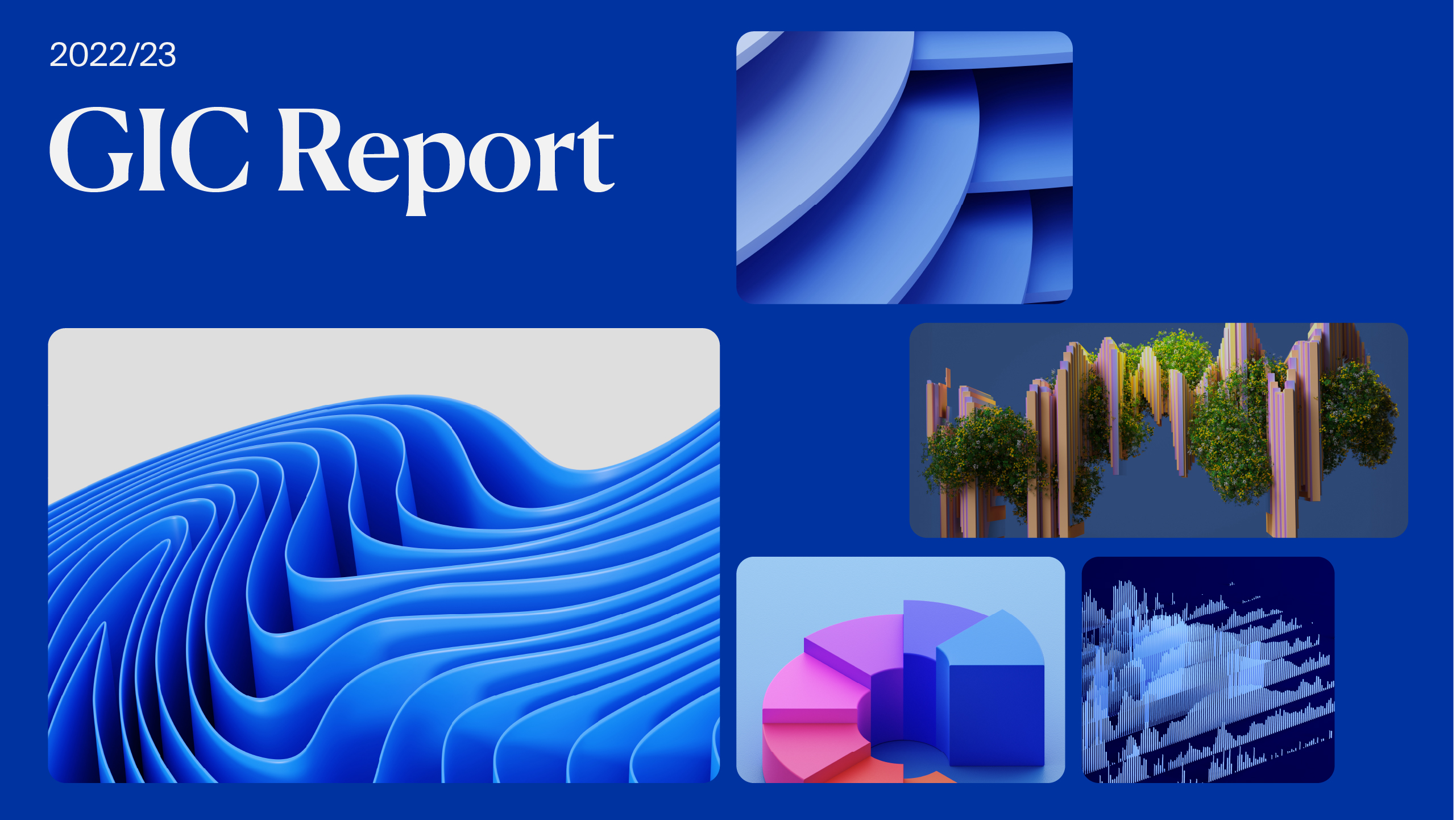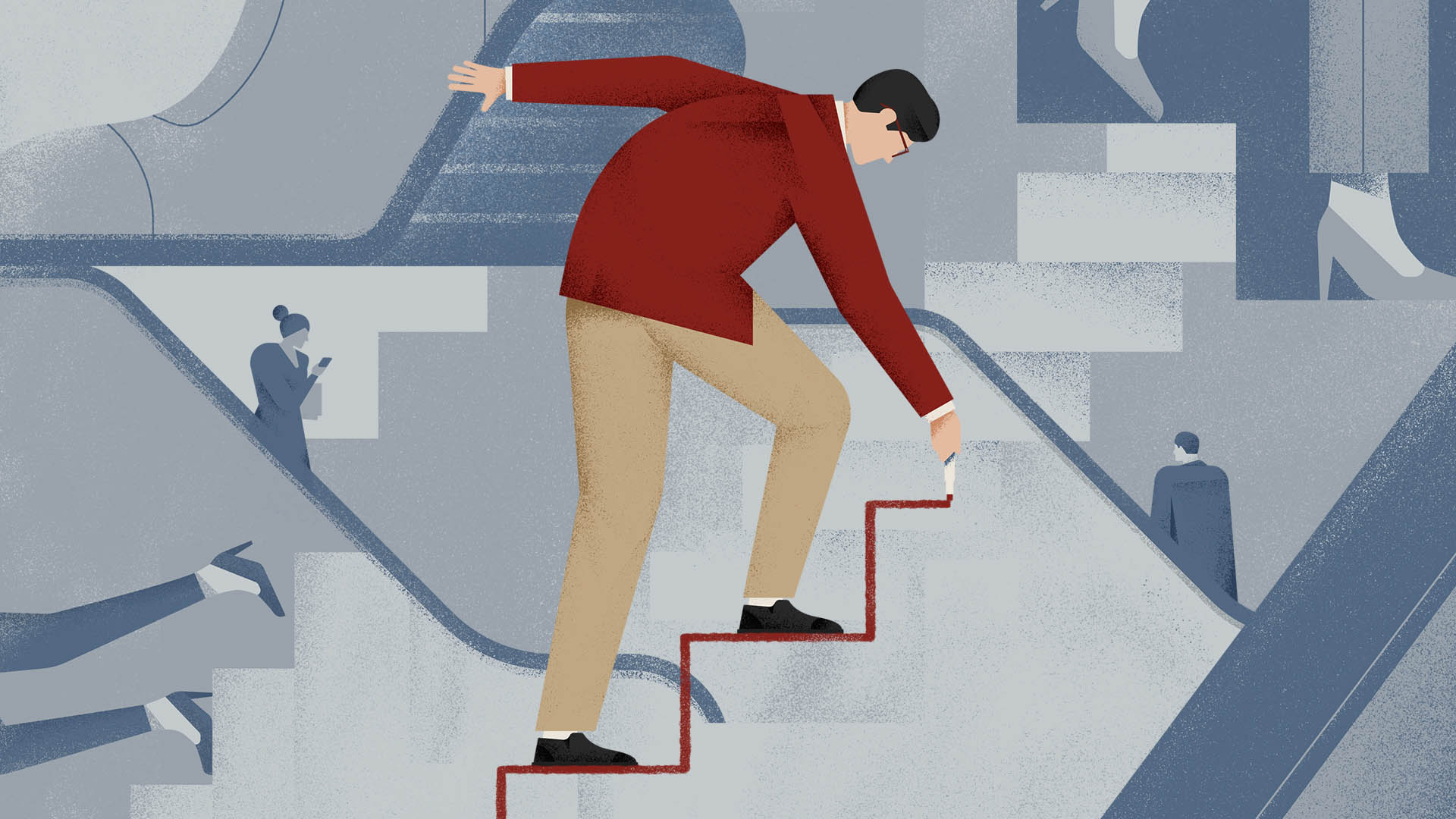GIC’s CEO Lim Chow Kiat recently participated in a virtual fireside chat on the topic of “The Future of Capital” at the IMAS-Bloomberg Investment Conference. This article synthesises the main themes Chow Kiat highlighted on the current market outlook, opportunities and risks driven by key long-term trends, and the strategies that GIC is undertaking to navigate the new normal.
Looking back, looking forward
One year after COVID-19 disrupted our way of life and economies, we are now in the early stages of recovery with the rollout of vaccines, but a whole host of uncertainties remain. Looking back to this time one year ago, we were seeing tanking equity markets and negative oil prices, and many of us were becoming “armchair epidemiologists”. In fact, GIC was looking to invest large amounts of capital into companies that were experiencing liquidity problems, but that window closed very quickly due to the unprecedented speed and size in which global policy intervention came in. We saw the modern monetary theory put to practice as immense support came from both monetary and fiscal means. As these capital injections found their way to the asset markets, bad news in the real economy soon became great news for the financial markets.
One year on, equity markets are now at their peaks again and pricing in expectations of a strong economic recovery. Rising bond yields, real yields and breakeven inflation have caused concerns about overheating and potential monetary tightening. Historically, spikes in goods inflation and asset inflation ultimately derailed a liquidity-driven market run. These bear close watching. Another driver is excessive credit growth in the real economy, a turn of which would be a Minsky Moment resulting in economic and financial market recession. There are few signs of trouble there. Also, with the US taking the lead in terms of the amount of stimulus, bond yields around the world are all affected too. This is a key macro driver that investors need to pay close attention to and can profit from.
Key long-term trends
Beyond macro, we believe there are four long-term trends that were accentuated by the pandemic, and will continue to impact market volatility and drive GIC’s investment strategy in the new normal.
First, the work from home trend brought about the acceleration of digitalisation. Businesses were forced to innovate and adapt to changing consumer and employee behaviour in a short period of time. This acceleration in digital transformation has allowed GIC portfolio companies to scale quickly and has opened up interesting opportunities in new categories of businesses.
Second is sustainability. Last year, we saw a convergence of investors doing good and doing well as regulators, politicians, countries, consumers and investors came together to support the sustainability movement. Many investors were doubly rewarded. As a long-term investor, doing well and doing good are not in conflict. We believe that sustainability is key to driving and protecting the portfolio value over the long term, and having patient capital enables us to better invest in this trend. One important feature of our approach is our emphasis on transition. Whether it is from brown to less brown, or green to greener, sustainability efforts will involve significant new capital expenditure and take time to play out. We believe there are many investment opportunities in this space and are spending our resources and time to evaluate changing business models. An example of this would be GIC’s recent US$2 billion investment in Duke Energy Indiana, one of the largest electricity companies in the US. A key part of the investment thesis was that our capital would help the company accelerate their transition plans towards renewable energy, as encouraged by its regulators. This is in line with our push to create long-term value for companies by supporting their sustainability goals, while driving strong returns for the GIC portfolio.
Investors need to pay attention to both regulations and technology as key disruptive forces. Regulations drive changes in behaviour and ultimately asset performance, while technology can help provide solutions for sustainability issues. Hence, we are looking closely at the hardware and software of renewable technologies and paying close attention to businesses that are working to optimise energy transmission, usage, and distribution. Sustainability is not just about risk management, but also about opening up a whole new opportunity set for us.
Third, the influence of geopolitics in the ebbs and flows of the capital markets has been growing, especially given the strained relationship between the US and China. Like epidemiology, knowledge of international relations has also become important for investors. Long-term investors cannot ignore this changing world order and its far-reaching impacts. Given the anarchic and increasingly multipolar structure of power distribution, the spectre of intense competition is rising across many fields over many years. On one hand, we could hope for healthy, win-win competition that expands the pie by creating value for all parties, enabled by high economic interdependency and the collective need to solve global problems like climate change and the pandemic. On the other hand, this competition can turn ugly, fuelled by a lack of trust, defensive moves by one being misunderstood as offensive by the other, and domestic political pressures. Now more than ever, investors must consider the risks and opportunities geopolitics present in every investment decision.
Finally, a changing China is another key long-term trend. China has been managing the pandemic and its economic fallout well, especially their exercising restraint in dishing out policy stimulus. As a long-term investor, our preference is for capital to go towards building long-term growth and structural factors. While we recognise the need for spending to prop up aggregate demand during a crisis, we are generally weary when large stimulus is used regularly for short-term consumption purposes. Other positives are that China is also committing to the green effort, making capital market reforms, and emphasising domestic economic activities. These are all ongoing developments that investors should focus on.
Macro cautious, micro positive
Given the uncertain macro environment and generally low asset yields, the expected returns for beta or broader markets remain challenging over the next 5 to 10 years. Despite their recent increase, bond yields are still very low, and a significant part of the equity markets is still trading at fairly high valuations. Hence, we expect returns for a typical 60/40 equity bond portfolio over the next 10 years to be significantly weaker in comparison to their historical returns over the last 30 to 40 years. However, we are more optimistic about the bottom-up active opportunities that are emerging from the world of disruption, sustainability and new technology. Thus, we are working even harder and going even deeper to not just find those assets but also to add more value to them. Overall, we are cautious on the macro, but positive on the micro prospects.
Staying anchored for long-term success
Our strategy in navigating such a complex environment is to stay anchored in our mandate and remain clear about our investment objectives. As Singapore’s sovereign wealth fund, our mandate is to preserve and enhance the long-term real value of our reserves under management. This in turn guides our investment horizon, liquidity needs, liabilities and risk tolerance, which then underpins our overall approach in maintaining a well-diversified portfolio, building optionality, seeking bottom-up opportunities and adding long-term value to our investments.
In terms of diversification, this has become much more challenging as compared to the past. The typical asset allocation mix tends to include a large bond component, which given today’s very low bond yields, does not give investors much return. Relatedly, the role of bonds as a hedge for inflation or times of crisis is also in question. While investing across asset classes and geographies is a good way to offer protection, finding an alternative hedge to bonds is still a challenge as most assets do not have the scale that bond markets offer.
When it comes to building optionality, we make use of portfolio approach to allocate a small amount of capital to areas which could offer higher returns, but are less established or incur higher risk. This allows us to experiment, learn, and potentially scale up over time.
Our investment teams are also continuing to work hard to identify bottom-up investments with good risk-reward. Deploying capital asset by asset requires dedicated resources and effort. Additionally, this also entails working more closely with our investees and partners to add long-term value to our investments. For GIC, this includes fostering ‘win-win’ partnerships by sharing our global ecosystem of relationships through the meetings and conferences that we organise, offering a wide range of capital solutions for corporates, and helping companies in which we have large stakes with their operations and strategies. Specifically in the tech space, GIC has been a lifecycle investor, beginning at the startup phase where we support good entrepreneurs and follow them through to post-IPO. As an example, we have a thought leadership and networking platform called Bridge Forum that facilitates sharing of ideas and connections amongst key decision makers from global corporations and next-generation startups.
Ultimately, in a world that remains highly complex and unpredictable, maintaining a well-diversified portfolio, having a long-term focus and seeking ways to add value to our partners are core to our mandate and investment approach.
— Lim Chow Kiat, CEO, GIC







